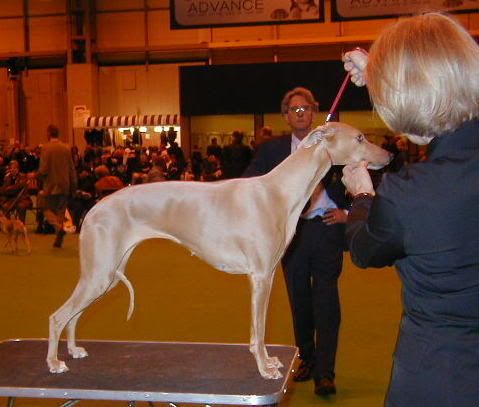- Messages
- 654
- Reaction score
- 0
- Points
- 0
T Hoare said:Are we not straying from the topic by saying what we feed our dogs, maybe start a new thread would be my suggestion.
This topic is about differences between US and UK dogs. I feel that one difference is coat and skin quality.
If that's based in different modes of feeding, it would be interesting to know it.
Karen Lee



